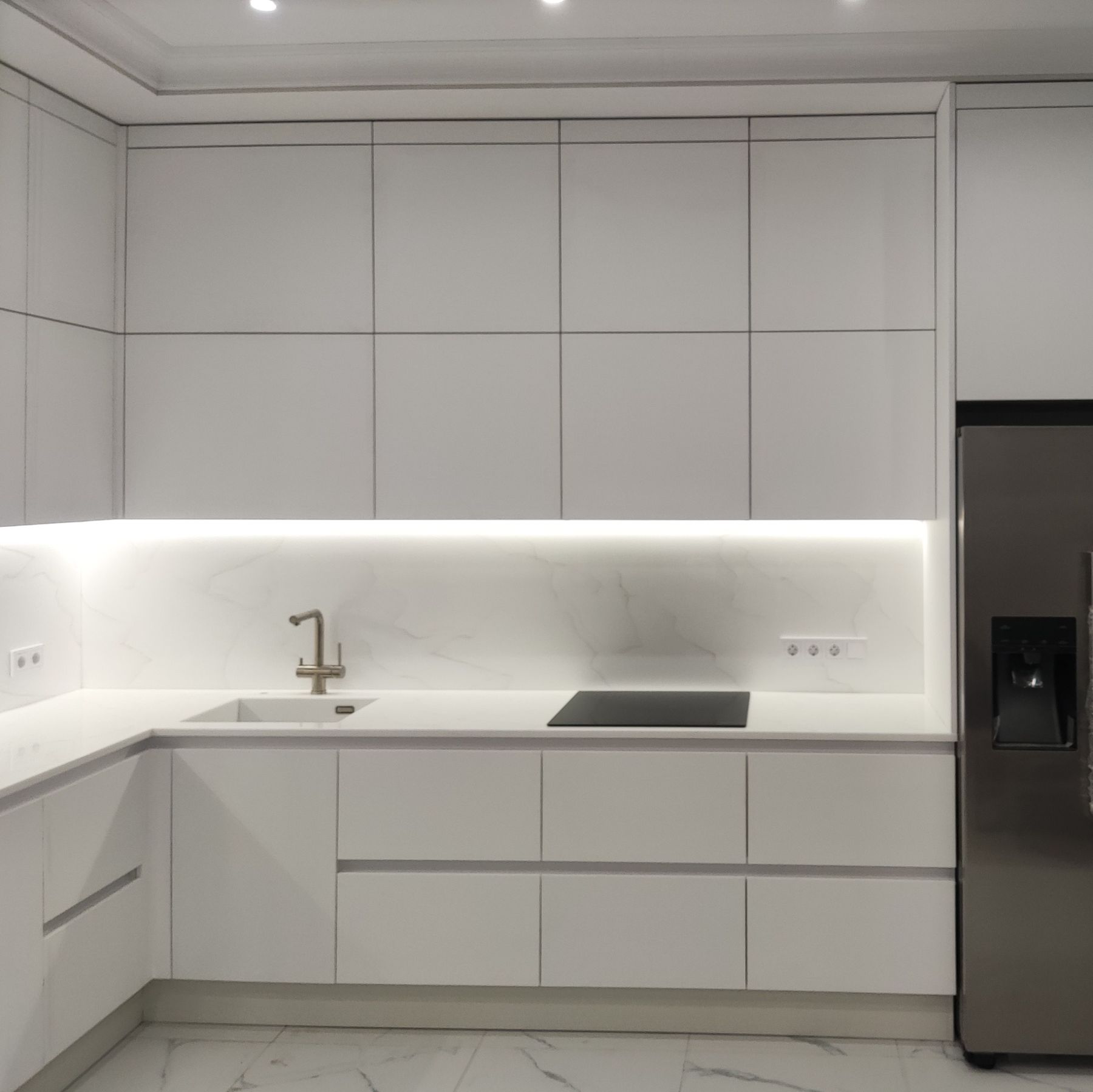
Culinary Spaces Redefined
Introduction to the Evolution of Culinary Spaces
The transformation of culinary spaces over the years has been a reflection of broader societal trends and technological advancements. From the rustic hearths of the past to contemporary high-tech kitchens, the preparation and enjoyment of food has undergone a considerable redefinition. This article will explore how culinary spaces continue to evolve, embracing both form and function to enhance the cooking and dining experience.
Impact of Technology on Kitchen Design
Advances in technology have had a profound impact on kitchen design. Innovations such as intelligent appliances, smart storage solutions, and sustainable materials are shaping modern culinary spaces. Smart fridges that can track expiration dates, ovens that can be controlled remotely, and countertops designed for integrated smart device usage are examples of how technology is making kitchens more efficient and user-friendly.
The Rise of the Open-Concept Kitchen
The open-concept kitchen has become a staple in contemporary home design. This layout promotes a more social environment where the act of cooking is shared with family and guests, blurring the lines between the kitchen and living areas. This trend reflects a desire for greater interaction and a more inclusive culinary experience, facilitating conversations and communal activities around the preparation of food.
Culinary Spaces as Multifunctional Hubs
Today's culinary spaces are increasingly serving multiple purposes beyond traditional cooking. With the rise of remote work and multitasking lifestyles, kitchens are being designed to facilitate a variety of activities, including working from home, casual dining, and entertainment. Features like integrated workstations, adaptable furniture, and enhanced lighting are transforming kitchens into multifunctional hubs that accommodate diverse needs.
The Importance of Aesthetics and Personalization
Aesthetics play a crucial role in the redefinition of culinary spaces. Homeowners are seeking kitchens that reflect their personal style and taste, with a focus on high-quality materials, bold colors, and unique textures. Custom cabinetry, artisanal fixtures, and artistic backsplash designs contribute to the character of a modern kitchen, making it as much a statement of individuality as it is a place for food preparation.
Health and Well-being Integrated into Kitchen Design
Health and well-being are increasingly important considerations in kitchen design. The rise of health-conscious cooking has led to the integration of features such as built-in herb gardens, refrigerated produce drawers, and equipment designed for preparing healthier meals. Layouts are being planned to maximize natural light and improve air quality, supporting a healthier lifestyle through thoughtful culinary space design.
Sustainability and Eco-Friendly Kitchens
Sustainability has made its way to the forefront of kitchen design, with eco-friendly practices becoming a priority. This includes the use of renewable materials, energy-efficient appliances, and waste-reduction systems. Consumers are more aware of their environmental impact and seek culinary spaces that align with these values, from composting solutions to water-saving faucets.
Conclusion: The Future of Culinary Spaces
The redefinition of culinary spaces is an ongoing trend that continues to prioritize innovation, personalization, and sustainability. As we look to the future, we can expect the kitchen to remain a central, adaptable part of the home, accommodating our ever-changing lifestyles and advancing technologies. One thing remains constant: the kitchen will continue to be the heart of the home, where creation, nourishment, and connection thrive.